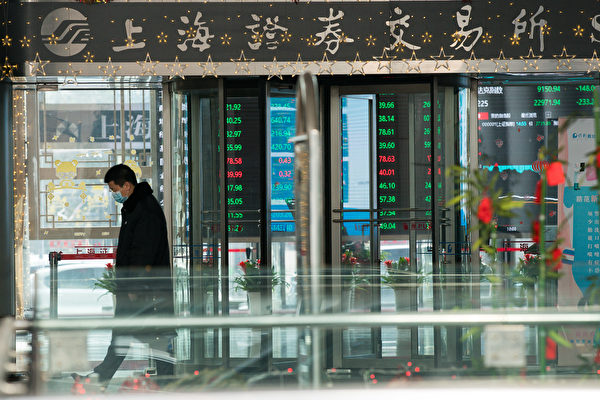On November 15, the A-share market continued its trend of general decline, with the three major indexes experiencing heavy losses, and the ChiNext 50 index plummeting by 3.94%. The overall market saw a net outflow of funds exceeding 105.9 billion yuan. Currently, around 30% of A-shares have dropped back to their closing prices on September 30.
At the close of trading, the Shanghai Composite Index fell by 1.45% to 3330.73 points, the Shenzhen Component Index dropped by 2.62% to 10748.97 points, the Growth Enterprise Market Index fell by 3.91% to 2243.62 points, and the ChiNext 50 index declined by 3.94%.
The total turnover of the two markets amounted to 1.8265 trillion yuan, a decrease of 12 billion yuan compared to the previous trading day, with a net outflow of funds exceeding 105.9 billion yuan. The market saw more stocks fall than rise, with 929 stocks rising and 4366 stocks falling.
The semiconductor sector saw another decline, with Topoint Technology, NXP Semiconductors, and Shanghai Belling all dropping by over 10%, while Tianfeng Securities fell by over 8% in the brokerage sector. Dongfang Wealth fell by over 6%, and CITIC Securities and China Gold Corporation dropped by over 4%. Sanhua Intelligent plummeted by over 14% at the close, and Fortune Trends also fell by over 10%.
According to reports from Caijing, the market has been continuing its adjustment trend recently, with individual stocks experiencing varying degrees of pullbacks. As of the close on the 15th, more than 1700 stocks have fallen back to the level of September, with their closing prices currently below those of September 30, accounting for nearly 32% of all A-shares traded. Among them, nearly 390 stocks have experienced a more obvious “loss effect,” with their prices falling by over 20%.
The report mentioned that significant pullbacks have occurred in nine major sectors, and their weighted dividends have all fallen.
Looking at the industries, among the stocks that have fallen back to their September levels, stocks in the pharmaceutical and biotechnology, basic chemical manufacturing, mechanical equipment, power equipment, and automobile sectors are leading the pack. When calculating their proportions within their respective sectors, the proportion of stocks whose prices have fallen below the level of September 30 in the coal, banking, and steel sectors reached 75.7%, 69%, and 62.2% respectively. Additionally, within the food and beverage, pharmaceutical and biotechnology, real estate, utilities, transportation, and non-banking financial sectors, the proportion of such stocks exceeds half in each sector.
From an index perspective, the dividend index and the weighted stock index represented by the CSI 50 and the CSI 300 have now fallen below the closing prices of September 30, with the Shanghai Composite Index showing a slight green trend.

